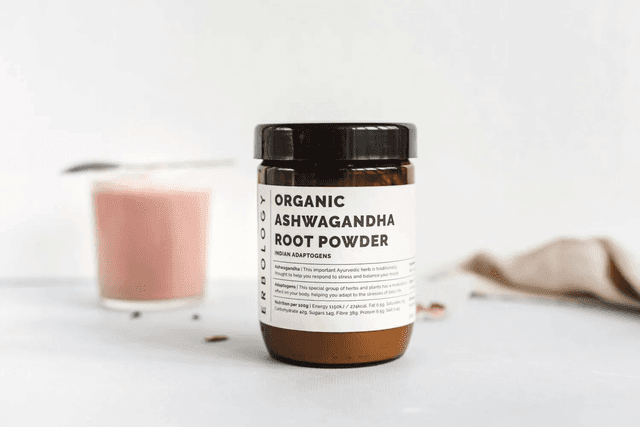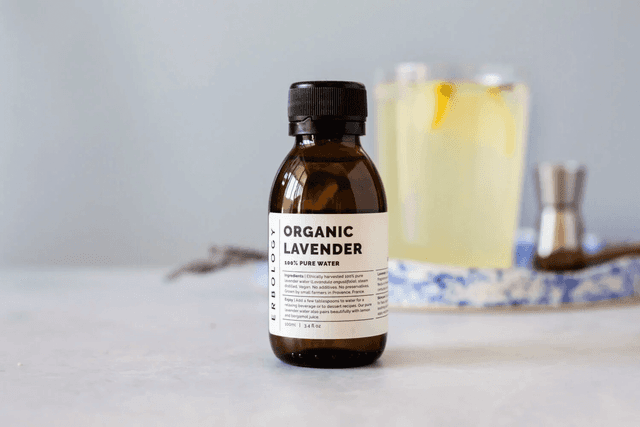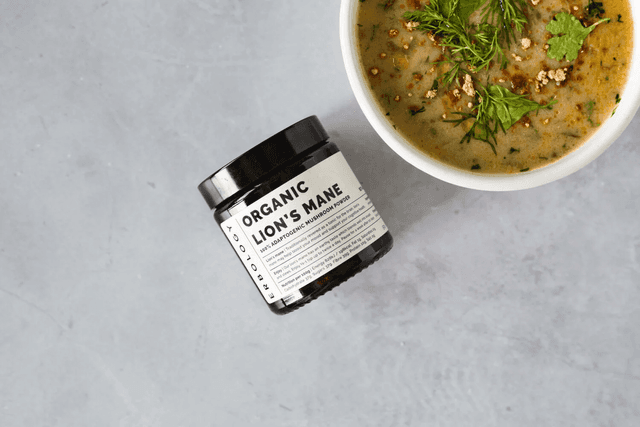20 Aug 2023
The 4 types of PMS symptoms and their natural remedies
What is PMS?
Premenstrual syndrome, or PMS, refers to a collection of changes that you may experience in the run-up to your period. Although we don't always talk about it, it’s very common to have PMS symptoms. Research estimates that 75% of women experience at least one, and 8-20% meet the clinical criteria for an official diagnosis of PMS.(1) The latter usually means your PMS symptoms are serious enough to interfere with your daily activities.
PMS symptoms are pretty diverse. They can be both physical and psychological, and range from mild to severe. PMS symptoms may additionally be inconsistent. As an example, you might find that their severity differs from one cycle to the next. Alternatively, it could be that the specific PMS symptoms you experience change month to month. This also means there’s quite a diversity of home remedies for PMS, depending on the exact PMS symptoms you have.
At this point, it’s worth noting that PMS is absolutely a real condition and not something to be dismissed. In fact, researchers have stated that period pain can be as bad as having a heart attack.(2) No matter what PMS symptoms you experience or how severe they are, they should be taken seriously and remedied.
When do PMS symptoms start?
PMS symptoms tend to arise between ovulation and the beginning of your period, and last until a few days after your period starts. Ovulation generally occurs in the middle of the menstrual cycle. The average cycle lasts 28 days, meaning ovulation takes place around day 14 and your period begins around day 28.
PMS symptoms can therefore start as much as two weeks before your period begins, and continue for five days afterwards. However, for most people, PMS symptoms typically arise in the week before your period. If you’re interested, you could try tracking your cycle and noting exactly when you experience PMS symptoms. You may then notice a pattern that can help you to predict and ease them. Just bear in mind that PMS symptoms are not always regular!

What causes PMS symptoms?
Any woman who has periods may experience PMS symptoms. However, experts believe you’re more likely to get them between your late 20s and early 40s. Those who have had at least one pregnancy are also more prone to suffering from PMS symptoms.
Interestingly, scientists haven’t yet discovered exactly what causes PMS symptoms, or why we all experience them differently. However, one of the most plausible explanations is that it’s due to cyclical changes in hormone levels.
The two main female sex hormones are oestrogen and progesterone. The levels of these fluctuate naturally during the menstrual cycle. Both peak during ovulation and then drop rapidly, which could explain why PMS symptoms tend to begin around this time.
In addition, oestrogen and progesterone can have an influence on the levels of certain chemicals in the brain. For example, the decrease in oestrogen levels in the week or so before your period may have an impact on serotonin levels.(3) Serotonin affects factors such as our sleep, mood, and appetite – all of which PMS can also affect.
As well as these overarching causes, there are certain things that may make some types of PMS symptoms worse. These include having deficiencies in specific vitamins and minerals, or mental health conditions such as depression and anxiety. Lifestyle factors like smoking, heavy drinking, an unhealthy diet, lack of exercise, and poor-quality sleep can also exacerbate PMS symptoms. This is why several remedies for PMS aim to tackle these issues.
What are some of the most common PMS symptoms?
Now that we’ve explored what causes PMS symptoms, let’s get more specific about how they manifest. As mentioned above, PMS symptoms can be both physical and psychological. Below, we’ve listed some of the most common types of PMS symptoms in both categories.
Some people find they experience multiple PMS symptoms, whereas for others it could be just one or two. Likewise, you might have different PMS symptoms in different cycles. They may also vary in severity level.
Physical PMS symptoms
- Weight gain
- Abdominal bloating
- Changes to appetite
- Food cravings
- Constipation
- Diarrhoea
- Cramps
- Abdominal pain
- Tender or swollen breasts
- Headaches
- Fatigue
- Oily skin
- Acne
- Back and muscle pain
- Joint pain
Psychological PMS symptoms
- Anxiety
- Restlessness
- Irritability or sudden anger
- Trouble sleeping or changes in sleep patterns
- Low mood
- Tearfulness or uncontrollable crying
- Mood changes or emotional outbursts
- Difficulty concentrating
- Impaired memory
- Decreased sex drive
- Social withdrawal
PMS can additionally worsen symptoms of other physical and mental health conditions, such as depression, diabetes, and irritable bowel syndrome.



